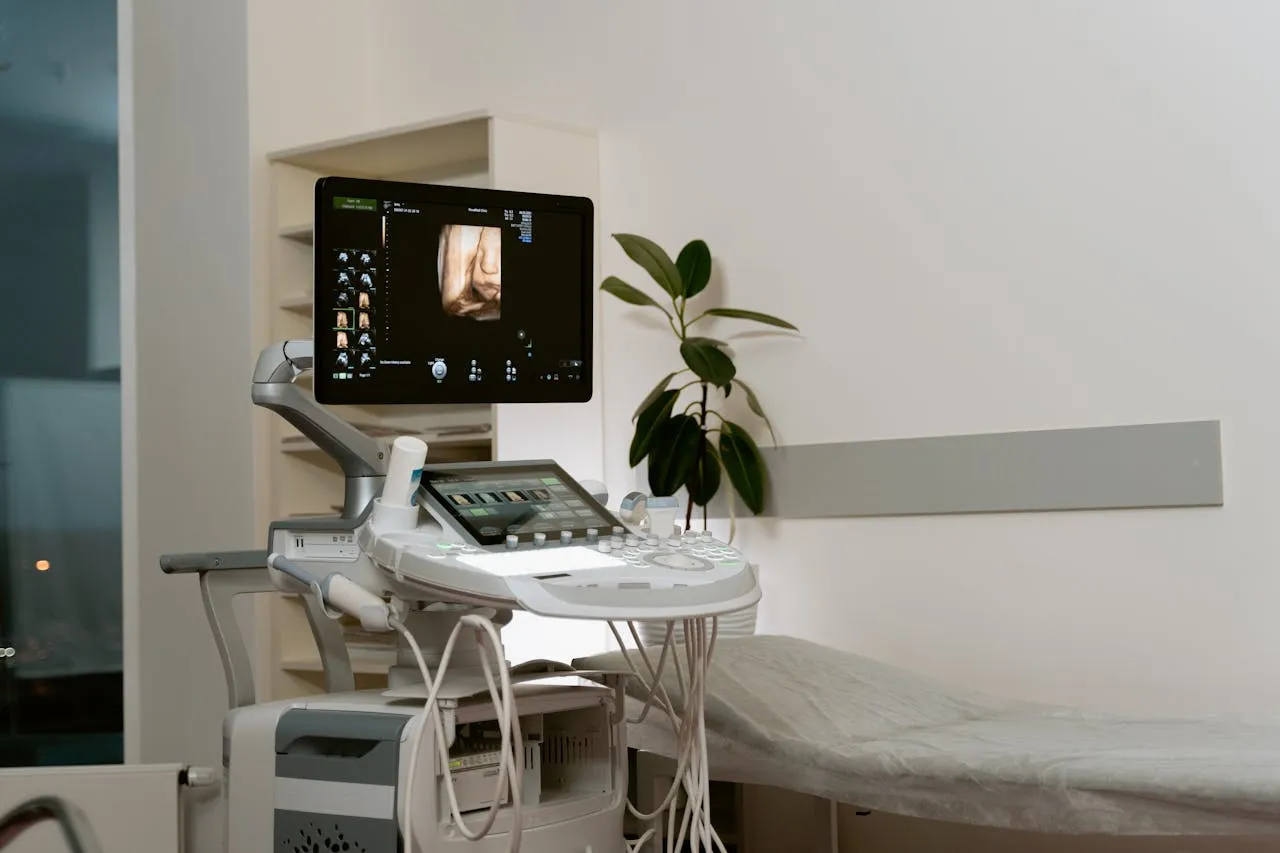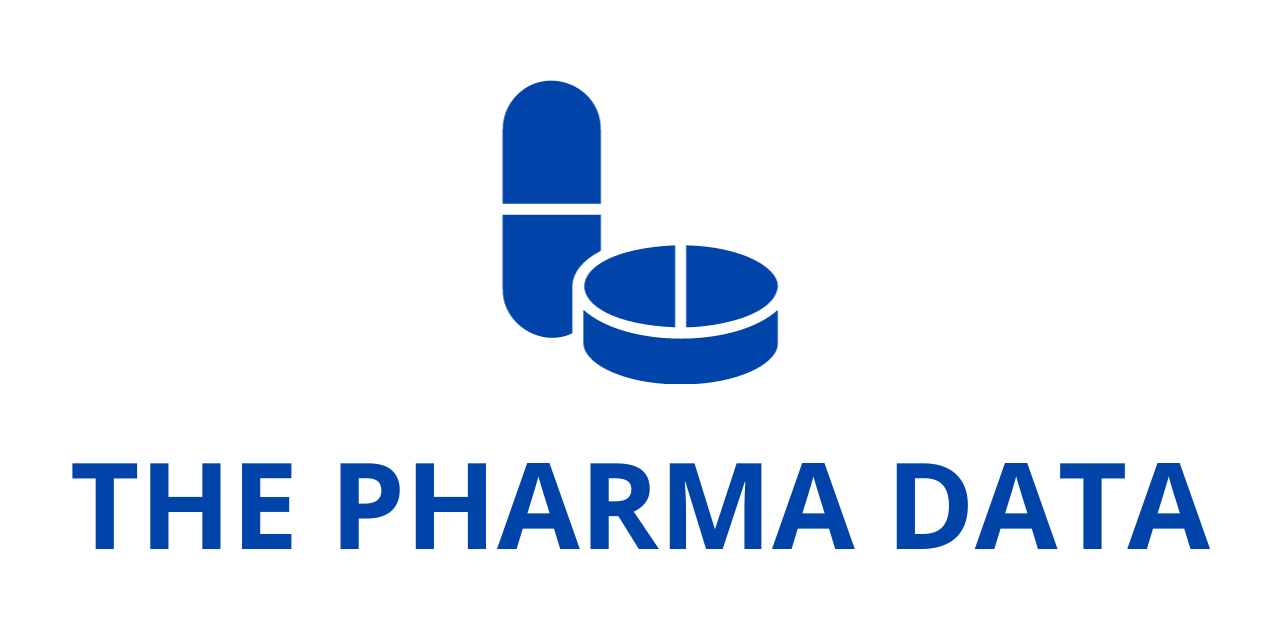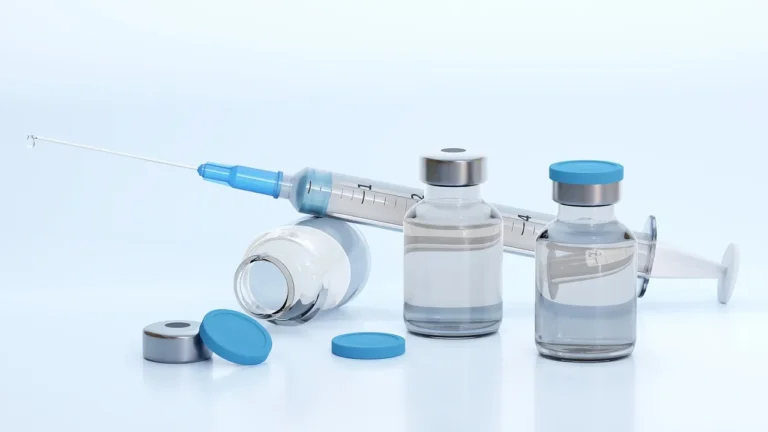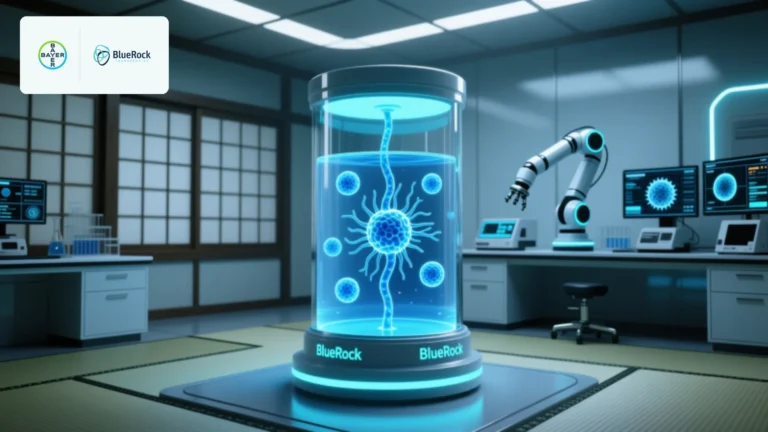
New Guidelines Expand Access to Advanced Liver Imaging and Transplant Evaluations Using Contrast-Enhanced Ultrasound
A new policy change is being hailed by medical experts as a transformative advancement in the diagnosis and management of liver disease, particularly for patients suffering from hepatocellular carcinoma (HCC), the most common type of primary liver cancer. According to leading physicians affiliated with the International Contrast Ultrasound Society (ICUS), the decision will significantly improve access to contrast-enhanced ultrasound (CEUS) for evaluating liver cancers and determining liver transplant eligibility.
This regulatory update—introduced by the Organ Procurement and Transplantation Network (OPTN), the national body responsible for organ transplantation guidelines in the United States—permits the use of CEUS to assess certain liver malignancies and to help clinicians determine whether a liver is suitable for transplantation. Experts believe that this inclusion removes a critical barrier in clinical practice and aligns imaging protocols with modern, evidence-based medical standards.
A Major Milestone in Liver Imaging Policy
Dr. Yuko Kono, a leading transplant hepatologist at the University of California San Diego and an expert in CEUS technology, emphasized the clinical importance of this policy update. “This eliminates a significant roadblock to the appropriate use of CEUS at a time when patient lives are at stake,” Dr. Kono said. As a member of the ICUS Board of Directors, she has been closely involved in advocacy for CEUS adoption in liver imaging.
Previously, CEUS was not officially recognized by OPTN guidelines for use in evaluating hepatocellular carcinoma, despite its growing use in clinical settings and compelling data supporting its diagnostic accuracy. The exclusion of CEUS created a disjointed framework in which radiologists and hepatologists had limited options when evaluating liver lesions, especially in complex or borderline transplant cases.
The inclusion of CEUS in OPTN policy now empowers clinicians to make more informed, timely decisions, particularly when time is a critical factor in liver cancer progression and transplant eligibility.
The Clinical Value of CEUS in Hepatology
CEUS is a non-invasive imaging technique that involves the intravenous injection of microbubble contrast agents during a conventional ultrasound examination. These microbubbles enhance the ultrasound image, allowing physicians to visualize blood flow dynamics in real time. This capability is especially useful in identifying vascular patterns typical of liver tumors, such as HCC, and in distinguishing benign from malignant lesions.
Dr. Andrej Lyshchik, professor of radiology at Thomas Jefferson University and also a CEUS expert and ICUS board member, underscored the significance of the new OPTN policy. “We cannot underestimate the clinical importance of having CEUS officially included in our imaging toolboxes,” he said. Dr. Lyshchik added that CEUS has already proven to be an indispensable tool in liver imaging in other parts of the world, and its acceptance in the U.S. transplantation framework reflects a long-overdue recognition of its diagnostic power.
ICUS Advocacy and OPTN Policy Reform
ICUS has been a vocal advocate for the integration of CEUS into mainstream diagnostic protocols for liver disease. The organization worked extensively with clinical experts and policy influencers to ensure that CEUS was evaluated fairly and included in national transplantation imaging criteria.
According to ICUS, the updated policy represents a “critical step toward modernizing the diagnostic framework for HCC.” The inclusion of CEUS not only expands diagnostic options but also allows clinicians to align their imaging practices with the standardized Liver Imaging Reporting and Data System, better known as LI-RADS®.
LI-RADS is a standardized system developed by the American College of Radiology to classify liver lesions and ensure consistent, evidence-based imaging interpretation. Integrating CEUS into the LI-RADS framework helps improve accuracy in diagnosis, reduce variability in reporting, and enhance communication between radiologists, hepatologists, and transplant teams.

ICUS also emphasized that the policy change would “promote consistency, reduce interpretation errors, and enhance communication with referring physicians,” ultimately leading to better outcomes for patients being evaluated for liver transplantation.
CEUS: A Safe, Effective, and Widely Accessible Imaging Tool
One of the key advantages of CEUS is its safety profile. Unlike CT scans and MRI procedures, which rely on ionizing radiation or potentially nephrotoxic contrast media, CEUS uses gas-filled microbubbles that are generally well-tolerated, even in patients with renal impairment or allergies to iodinated or gadolinium-based contrast agents.
Dr. Stephanie Wilson, a clinical professor of radiology and gastroenterology at the University of Calgary and Co-President of ICUS, described CEUS as “a safe, low-cost diagnostic imaging tool that solves many clinical problems efficiently, without exposure to ionizing radiation.” She added that the sensitivity and specificity of CEUS are comparable to—and in some clinical scenarios, superior to—those of contrast-enhanced CT and MRI.
Another major advantage of CEUS is its operational efficiency. Because ultrasound equipment is widely available in hospitals and medical centers around the world, and because CEUS can be performed in real-time without needing to wait for advanced imaging appointments, it helps streamline workflows. Physicians can often reach diagnostic conclusions faster, leading to earlier intervention and potentially improved patient survival.
“CEUS often streamlines clinical workflows and reduces delays in diagnosis and treatment,” Dr. Wilson said. In the context of liver cancer and transplantation, where timely decision-making is often critical, this can translate to significant clinical benefits.
U.S. FDA-Approved CEUS Contrast Agents
Currently, there are three ultrasound contrast agents approved by the U.S. Food and Drug Administration (FDA) for clinical use:
- Definity® (Lantheus Medical Imaging)
- Lumason® (Bracco Imaging)
- Optison® (GE Healthcare)
Each of these agents contains tiny gas-filled microbubbles encased in a stabilizing shell. Once injected into the bloodstream, the microbubbles reflect ultrasound waves differently from surrounding tissues, producing high-resolution, dynamic images that can reveal intricate vascular details in organs such as the liver.
These agents are used not only in liver imaging but also in cardiovascular assessments, evaluation of renal masses, and monitoring of gastrointestinal and pelvic pathologies. Their approval for broader clinical applications underscores the growing trust in CEUS across multiple disciplines of medicine.
Global Acceptance and Future Outlook
While CEUS has only recently gained broader policy recognition in the United States, it has been widely accepted in Europe, Asia, and other parts of the world for many years. In countries like Italy, Germany, Japan, and China, CEUS is routinely used in both outpatient and inpatient settings to evaluate liver lesions, guide biopsies, and monitor therapeutic response to liver cancer treatments.
The recent update to OPTN’s guidelines signals a shift toward greater harmonization of liver imaging practices between the U.S. and international standards. It also opens the door for CEUS to be incorporated more widely into clinical trials and liver transplant research protocols, potentially improving the quality and comparability of data collected in these studies.
Looking ahead, experts at ICUS believe that the success of this policy change could pave the way for CEUS to be included in the diagnostic protocols for other forms of cancer and chronic diseases.
“We are optimistic that this is just the beginning,” said Dr. Kono. “Now that CEUS is officially recognized for HCC and transplant evaluation, we hope to see further adoption in evaluating other liver conditions, such as cirrhosis and nonalcoholic fatty liver disease, as well as expanded use in pediatric imaging and vascular disease.”
A Transformative Step for Patients and Physicians Alike
Ultimately, the updated OPTN policy reflects a growing recognition within the medical community that CEUS is not just an emerging technology—it is a mature, validated imaging modality with the potential to transform how liver disease is diagnosed and managed.
For patients, it means access to faster, safer, and more accurate diagnostic evaluations. For physicians, it means improved tools to assess liver function, track disease progression, and determine transplant eligibility. And for the healthcare system as a whole, it means better outcomes, lower costs, and more equitable access to life-saving diagnostic procedures.
As ICUS continues to advocate for broader adoption and awareness of CEUS, the organization remains committed to supporting education, research, and policy reform to ensure that this vital technology is integrated into everyday medical practice.
“The addition of CEUS to the OPTN guidelines represents progress not just for imaging professionals, but for every patient fighting liver disease,” concluded Dr. Wilson. “It is a win for science, for innovation, and most importantly, for patient care.”
The International Contrast Ultrasound Society (ICUS) is a nonprofit medical society dedicated to advancing the safe and medically appropriate use of contrast enhanced ultrasound (CEUS) to improve patient care globally. Membership in ICUS is free of charge and there is no fee for ICUS educational programs, CME credits, newsletters or other resources.




